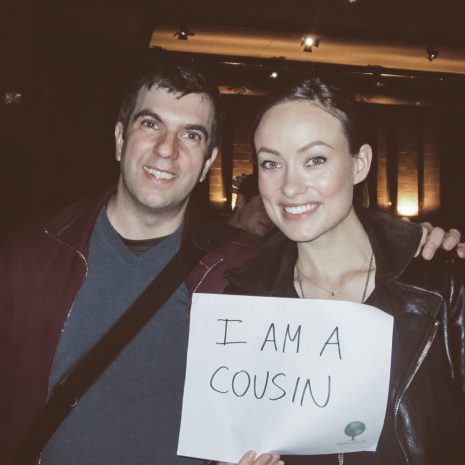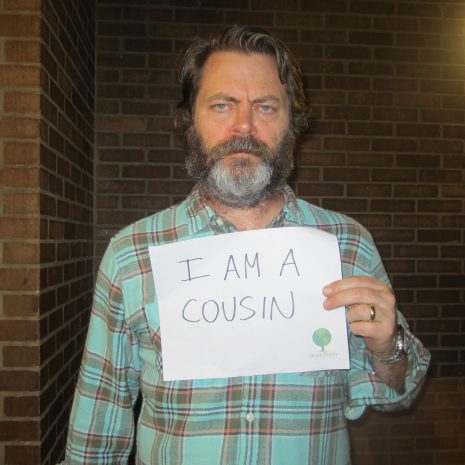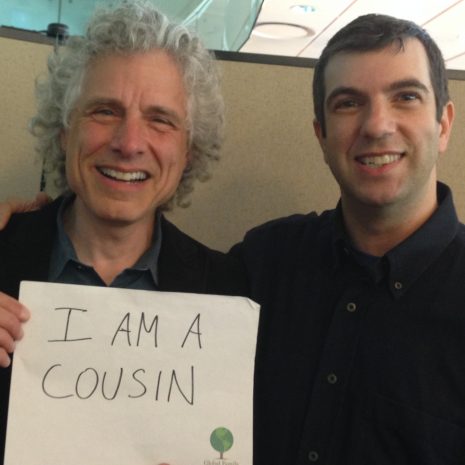by Abby Glann
Although census records are a great way to add family to your ancestors fast, there are little tips and tricks that can make them a bit more useful. One thing you should know about is the Soundex system. A lot of genealogical search engines use the Soundex to widen results to include names you may not have thought were related to your own. Our ancestors didn’t necessarily spell as well as we may now, and census takers often simply spelled things phonetically, especially when dealing with new immigrants whose names might have been difficult to understand.
The definition of Soundex, from Wikipedia, is “a phonetic algorithm for indexing names by sound, as pronounced in English.” It is amazing how this algorithm helps us. If you have ever spent time in a historical library, you’ll have seen this system in use. Without getting into the exact details, which are expounded on on the Wikipedia page, as well as numerous others, what it does is takes letters that look or sound similar and put them in a similar group, so when you search for a name that starts with B, for instance, it will also pull up names with similar following consonant sounds that begin with F, V, and P. When you get your FamilySearch results and you get Potters in with your Butters, this is why. It’s a good thing-your friendly neighborhood census taker may have misheard and put Potter down thinking Butter didn’t sound correct. Do not discount those results that seem odd-look at the folks in the household, where they lived, and their ages. It just might be your family!
(image courtesy of Twisted Twigs on Gnarled Branches on Facebook)








